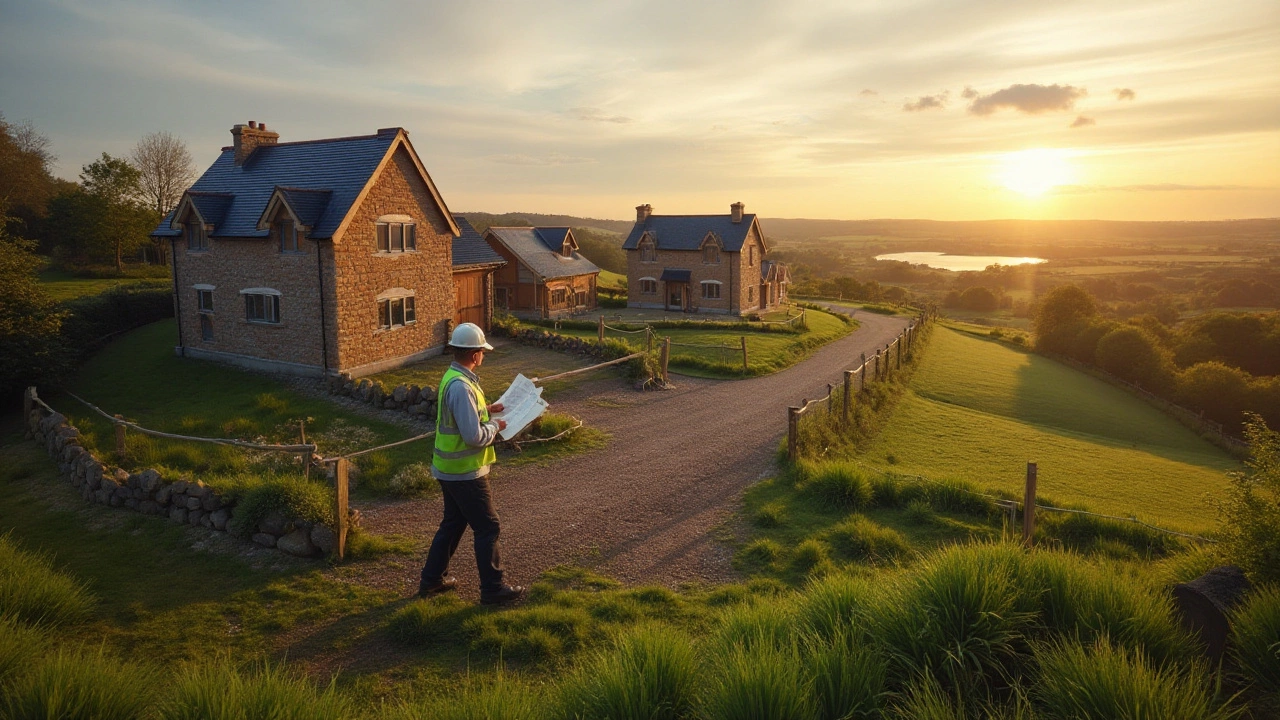Home Longevity: How to Keep Your House Strong for Decades
Everyone wants a house that lasts. The good news is you don’t need a massive budget or a construction degree to add years to your home’s life. A few smart habits and quick checks can stop small issues from turning into big headaches.
Spot the Weak Points Early
Start by giving the structure a once‑a‑year walk‑through. Look for cracks in walls, uneven doors, or windows that stick. Those are often signs of foundation movement. If you notice gaps, a professional can recommend simple piering or underpinning before the problem spreads.
The roof is another high‑risk area. Missing shingles, rusted flashings, or water stains on the ceiling mean it’s time to call a roofer. Even if the cost seems steep, fixing leaks early prevents rot, mold, and expensive interior repairs.
Mold loves damp places. Check bathrooms, basements, and around kitchen appliances for any musty smell or dark spots. Good ventilation, fixing leaks quickly, and using a dehumidifier in wet seasons keep mold at bay and protect indoor air quality.
Simple Maintenance Habits That Add Years
Cleaning gutters twice a year is a game‑changer. When they’re clogged, rainwater can seep into walls and foundations, causing cracks and rot. A quick scoop with a garden trowel saves you from water damage later.
Seal any gaps around pipes, windows, and doors. Drafts not only raise heating bills but also let moisture in, which speeds up wood rot and metal corrosion. Weather‑stripping is cheap and easy to install.
Floors see a lot of traffic, so keep them in good shape. For hardwood, use a gentle cleaner and avoid excessive water; for luxury vinyl plank, a simple mop works. Re‑coating or polishing when the finish looks worn helps prevent scratches that let water seep through.
Don’t forget the HVAC system. Change filters every three months and schedule a professional check‑up yearly. A well‑running system balances humidity, reduces mold risk, and protects ductwork from leaks.
Finally, keep a maintenance log. Write down what you inspect, when you fix something, and any advice from contractors. This record helps you spot patterns and proves you’ve cared for the property if you ever sell.
By staying on top of these easy checks, you’ll add years to your home’s life, avoid surprise repair bills, and enjoy a healthier living space. Small effort now means big peace of mind later.
Assessing the Longevity of Newly Constructed Homes: Are They Built to Last?
- Gavin Whitaker
- |
- |
- 0
Exploring the durability of newly constructed homes involves examining their design, materials, and construction methods. It's crucial to understand if modern building practices ensure a long-lasting structure or if there's a trade-off with rapid construction. This article provides insights into what makes a new build durable and offers practical tips for potential homebuyers. By evaluating various factors, homeowners can make informed decisions about their investments.
View more